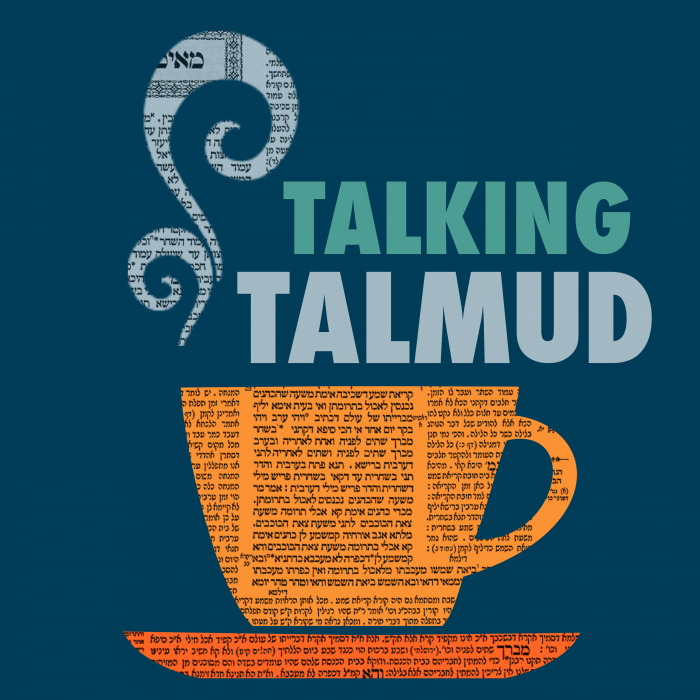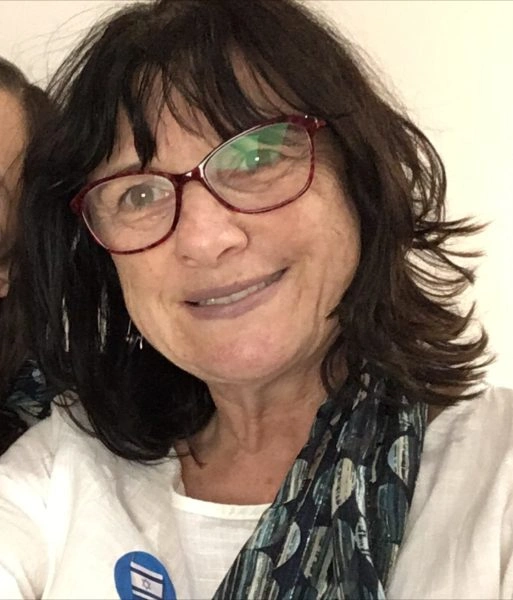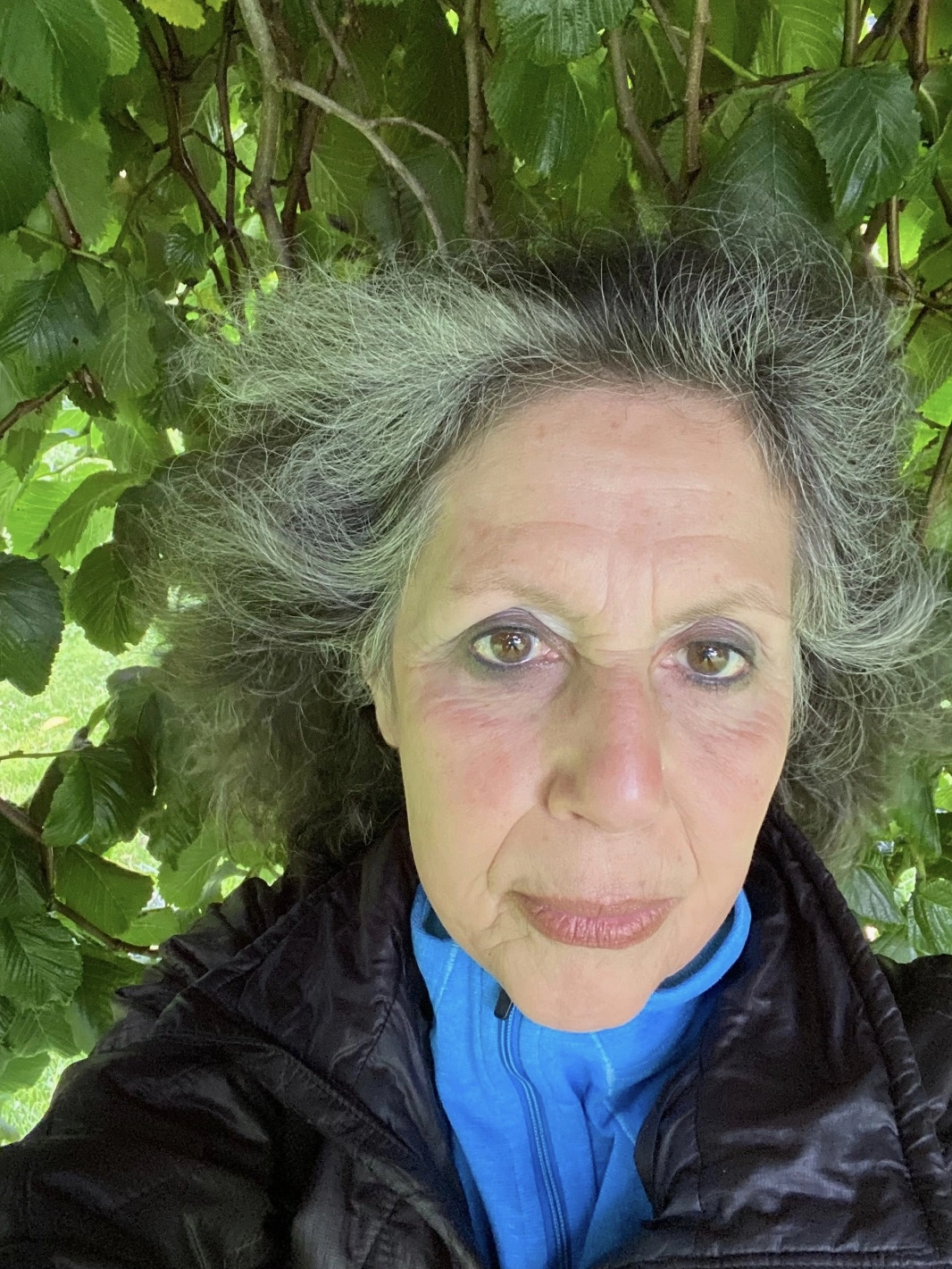Bava Batra 161
מְחָק – פָּסוּל, וְאַף עַל פִּי שֶׁמְּקוּיָּם.
but a document with a reference to words written over an erasure is not valid, even if it is verified at the end of the document. At the end of a document, before the formula: Everything is confirmed and established, is written, any corrections made in the document are verified by adding to the text: On line so-and-so, such and such a word has been added, or some similar formulation. This may be done only for inserted corrections, not for erasures.
וְלֹא אָמְרוּ מְחָק פָּסוּל – אֶלָּא בִּמְקוֹם ״שָׁרִיר וְקַיָּים״, וּכְשִׁיעוּר ״שָׁרִיר וְקַיָּים״.
The Gemara clarifies this statement: And they said that an erasure on a document renders the document not valid only if it is in a place on the document where the declaration: Everything is confirmed and established, should have been written, and only if the erasure is the measure of space in which the declaration: Everything is confirmed and established, can be written. The only concern with erasures is that the crucial formula: Everything is confirmed and established, might have been erased, as this would allow for unlimited forgery. If the erasure is such that this formula could not possibly have been erased, the document is valid.
וּלְרַב יִרְמְיָה בַּר אַבָּא, דְּאָמַר: אֲחוֹרֵי הַכְּתָב – וּכְנֶגֶד הַכְּתָב מִבַּחוּץ; לֵיחוּשׁ דִּלְמָא כָּתֵיב מִגַּוַּאי מַאי דְּבָעֵי, וּמַחְתִּים סָהֲדֵי יַתִּירֵי מֵאַבָּרַאי, וְאָמַר: אֲנָא לְרַבּוֹת בְּעֵדִים הוּא דַּעֲבַדִי!
§ Rami bar Ḥama asked Rav Ḥisda: And according to Rav Yirmeya bar Abba, who says that the witnesses sign on the back of the written side, taking care that the signatures are exactly opposite the writing, on the outside let there be a concern that perhaps the party holding the document will write whatever he wants on the inside, i.e., the front of the document, adding to the text, and then have extra witnesses sign on the outside, and he will say to anyone questioning the number of witnesses being more than the minimum: I did this in order to increase the number of witnesses, the more to publicize the matters written in the document.
אֲמַר לֵיהּ: מִי סָבְרַתְּ עֵדִים כְּסִדְרָן חֲתִימִי? עֵדִים מִמַּטָּה לְמַעְלָה חֲתִימִי.
Rav Ḥisda said to him: Do you maintain that the witnesses sign in order, that is, one under the other, starting from the top of the page on the back? This is not correct; rather, the witnesses sign from bottom to top. The witnesses sign in a perpendicular direction relative to the text of the document. The first signature begins at the reverse side of the last line of the document, and it continues upward toward the first line. There is therefore no possibility of adding to the text of the document, as, if the text extended beyond the beginning of the signatures, it would be recognized as a forgery.
וְלֵיחוּשׁ דִּלְמָא מִתְרַמְיָא רֵיעוּתָה בְּשִׁיטָה אַחֲרוֹנָה, וְגָיֵיז לַיהּ לְשִׁיטָה אַחֲרוֹנָה – וְגָיֵיז לֵיהּ לִרְאוּבֵן בַּהֲדֵיהּ, וּמִתַּכְשַׁר בְּ״בֶן יַעֲקֹב עֵד״; דִּתְנַן: ״בֶּן אִישׁ פְּלוֹנִי, עֵד״ – כָּשֵׁר!
Rami bar Ḥama continues to question the method of signature prescribed by Rav Yirmeya bar Abba: But let there be a concern that perhaps something detrimental to the holder of the document happens to appear in the final line of the document, and he excises the final line, and in doing so excises the first name of the witness on the opposite side as well. For instance, if the witness’s name is Reuven, son of Ya’akov, he will excise Reuven along with the final line of the document, and the document will be rendered valid with the remaining part of the signature: “Son of Ya’akov, witness.” As we learned in a mishna (Gittin 87b): If one signs: Son of so-and-so, witness, without mentioning his own name, the document is valid.
דִּכְתִיב ״רְאוּבֵן בֶּן״ בְּחַד דָּרָא, וְ״יַעֲקֹב עֵד״ עִלָּוֵויהּ.
The Gemara answers: It is a case where it is written “Reuven, son of” on one line, i.e., opposite the final line of the document, and “Ya’akov, witness,” above it, beginning from the penultimate line of the document and continuing upward in a perpendicular manner. That is, a tied document is valid only if the witnesses sign in this manner. In this case, if the final line of the document is excised, all that will remain of the signature will be: “Ya’akov, witness.”
וְלִיחוֹשׁ דִּלְמָא גָּיֵיז לֵיהּ לִ״רְאוּבֵן בֶּן״, וּמִתַּכְשַׁר בְּ״יַעֲקֹב עֵד״ – דִּתְנַן: ״אִישׁ פְּלוֹנִי עֵד״, כָּשֵׁר!
Rami bar Ḥama continues to ask: But let there be a concern that perhaps he will excise the final line of the document, along with the words “Reuven, son of,” and the document will be rendered valid with the remaining part of the signature: “Ya’akov, witness.” As we learned in a mishna (Gittin 87b): If someone signs just: So-and-so, witness, the document is valid.
דְּלָא כְּתִיב ״עֵד״.
The Gemara answers: It is a case where the word witness is not written after the witnesses’ names. That is, a tied document is valid only if the word witness does not appear after the signatures. It is only in such a case that the document cannot be materially changed by excising the final line without rendering the witnesses’ names disqualified.
וְאִיבָּעֵית אֵימָא: לְעוֹלָם דִּכְתִב ״עֵד״, דְּיָדְעִינַן בַּהּ דְּהָא חֲתִימוּת יְדָא –
And if you wish, say instead that actually the witness did write “witness” after his signature, and the case is one where we know for a fact that this signature, which consists of the words “Ya’akov, witness,”
לָאו דְּיַעֲקֹב הוּא.
is not Yaakov’s signature. That is, it is known for a fact that there is no one living in the city where the document was written who is named Ya’akov and whose signature matches the signature on this document. Therefore, the court will recognize that the signature must have originally stated: “So-and-so, son of Ya’akov, witness,” and that the last line had been excised, and they will invalidate it.
וְדִלְמָא בִּשְׁמֵיהּ דַּאֲבוּהּ חֲתַם! לָא שָׁבֵיק אִינִישׁ שְׁמֵיהּ דִּידֵיהּ, וְחָתֵים בִּשְׁמֵיהּ דַּאֲבוּהּ.
Rami bar Ḥama challenges: But perhaps this witness signed using the name of his father instead of his own name, as a gesture of respect toward his father. The Gemara answers: This is not done; a person does not discard his own name and sign using only the name of his father.
וְדִלְמָא סִימָנָא בְּעָלְמָא הוּא דְּשַׁוְּויֵהּ! דְּהָא רַב צָיֵיר כְּווֹרָא, רַבִּי חֲנִינָא צָיֵיר חֲרוּתָא, רַב חִסְדָּא סָמֶךְ, רַב הוֹשַׁעְיָא – עַיִן, רָבָא בַּר רַב הוּנָא – מָכוּתָא! לָא חֲצִיף אִינָשׁ לְשַׁוּוֹיֵהּ לִשְׁמֵיהּ דַּאֲבוּהּ סִימָנָא.
Rami bar Ḥama challenges further: But perhaps the witness made this name into a mere distinguishing mark that he uses as his signature, as it is known that Rav used to draw a fish as his signature mark, rather than signing his name, and Rabbi Ḥanina used to draw a palm branch as his signature mark, and Rav Ḥisda used to sign just the letter samekh, and Rav Hoshaya used to sign just the letter ayin, and Rava bar Rav Huna used to sign his name by drawing a ship’s mast [makhota]. The Gemara answers: A person is not so insolent as to use his father’s name as a distinguishing mark.
מָר זוּטְרָא אָמַר: לְמָה לָךְ כּוּלֵּי הַאי? כׇּל מְקוּשָּׁר שֶׁאֵין עֵדָיו כָּלִין בְּשִׁיטָה אַחַת – פָּסוּל.
Mar Zutra said: Why do you need all this? Why go to such lengths to answer the question posed above? There is a simpler answer: Any tied document whose witnesses do not end on a single line is not valid. The Gemara had previously assumed that the witnesses sign one after the other, beginning at the document’s bottom line and going upward toward the first line; this arrangement leaves open the possibility that the signature of the first witness could be truncated by an unscrupulous party. Mar Zutra explains that this is not so; rather, the signatures are written with each one beginning opposite the bottom line and heading upward toward the beginning of the document. Therefore, if a line of text is excised from the bottom of the document, the names of all the witnesses on the reverse side will be truncated, and the forgery will become apparent.
אָמַר רַב יִצְחָק בַּר יוֹסֵף אָמַר רַבִּי יוֹחָנָן: כׇּל הַמְּחָקִין כּוּלָּן, צָרִיךְ שֶׁיִּכְתּוֹב ״וְדֵין קִיּוּמֵיהוֹן״. וְצָרִיךְ שֶׁיַּחֲזוֹר מֵעִנְיָנוֹ שֶׁל שְׁטָר בְּשִׁיטָה אַחֲרוֹנָה; מַאי טַעְמָא?
§ Rav Yitzḥak bar Yosef says that Rabbi Yoḥanan says: There are two halakhot with regard to documents: For any erasures in a document, the scribe must write at the end of the document: And this is their verification. That is, he must list the erasures, stating that on line so-and-so there is an erasure and a correction stating such and such, for each erasure. And the second halakha is that the scribe must review some of the details of the document in the final line of the document. What is the reason for this second requirement?






















